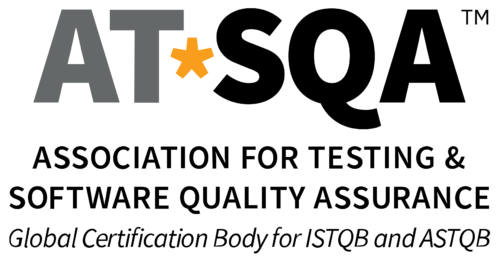
A Software Quality Policy ensures you have a cohesive quality strategy
Ensuring Software Quality: Crafting an Effective Software Quality Policy
For independent software vendors (ISVs), releasing high-quality, reliable products is a prerequisite for success. However, as development teams strive to deliver innovation at speed, quality can often suffer. Flaws that impact performance, security vulnerabilities, and disruptive incidents erode customer trust. Implementing a tailored software quality policy establishes the guardrails for driving continuous improvement into the development lifecycle. At XBOSoft, we have deep expertise in crafting software quality policies that help clients balance agility with quality across financial services, energy, healthcare, and other verticals. In this post, we’ll explore the key elements every software quality policy must cover.
Defining a Vision for the Software Quality Policy
The vision sets the stage for the software quality policy, communicating an executive commitment to quality and outlining the high-level strategy. Essentially, it answers “What does quality mean for our products?” Effective visions focus on shifting testing left, increasing automation, embedding quality ownership across teams, and continuous incremental improvements guided by metrics. The specifics, however, will vary based on the development methodology, release cadence, and other factors intrinsic to the ISV.
At XBOSoft, we collaborate with stakeholders from development, product, and executive leadership to craft a vision unique to the organization. Seeing quality as a competitive differentiator helps secure engagement across the business for the software quality policy.
Instituting Requirements Best Practices
Requirements issues are a leading source of defects. By reviewing requirements for completeness, clarity, and testability up front, problems can be prevented from ever making it into code. Traceability via linking tests to requirements confirms that the functionality works as intended. Peer reviews of requirements and user stories flush out holes early. Together, these best practices reduce rework and enhance customer satisfaction by delivering expected capabilities.
Expanding Test Automation
Manual testing struggles to keep pace with Agile teams churning out new features and code changes. Test automation is essential for any ISV focused on quality at speed. Unit testing covered by developers, automated UI testing, integration testing, and on-demand test data management should be standard practice embedded into the software quality policy. The goal is to have the majority of regression tests executed on every code check-in, providing rapid feedback on quality.
Implementing CI/CD Pipelines
Building off expanded automation, continuous integration, and delivery brings consistency and efficiency to the release process which is a key element of an optimized software quality policy. Automated builds, tests, and deployments enable one-click validation from code drop to production push. Rapid feedback cycles flag issues quicker when they are less expensive to fix. For your end users and customers, higher quality incremental updates delivered faster fosters more satisfaction than the big bang approach where they have to adapt to your new release with so many changes or improvements.
Tracking and Analyzing Quality Metrics
As the adage goes, “We manage what we measure.” Software quality policies must incorporate collecting key metrics like defects by type, test pass rates, coverage, and escape rates. More importantly, it’s important to collect both leading indicator and lagging indicator metrics. Keep in mind that tracking defects is mostly a lagging indicator metric of what has happened already. Tracking quality metrics before defects occur earlier in the lifecycle as well as KPIs over releases spotlights what’s working along with areas needing attention. Don’t forget root cause analysis on trends to help you spot process improvements raising the quality baseline.
Reproducing Customer Issues
No amount of internal testing can catch every defect. Customers will inevitably encounter incidents in production. Rigor around reproducing and resolving customer issues is essential for accountability. Documenting reproduction steps, prioritizing the investigation, and following through until the root cause (s) and the final fix (es) are deployed to close the loop are critical to continuous improvement. Otherwise, you’ll be spinning your wheels.
Securing Buy-In Across the Business
The most well-crafted software quality policies fail if they aren’t actively supported across the organization. Quality responsibility extends beyond testers and developers to product owners, release managers, and executives. At XBOSoft we work with stakeholders at all levels to educate, secure input, and achieve consensus on the path forward throughout the engagement. With everyone invested, you can ensure adoption and adherence to the policy. Otherwise, all your efforts are for naught.
Interested in Learning More? This post provided a high-level overview of the key aspects requiring focus when creating or revamping a software quality policy. If you seek outside expertise in assessing current practices and shaping policy for your development teams, the quality specialists at XBOSoft are here to help. Contact us today to explore how we can partner to take your ISV’s quality, velocity, and customer satisfaction to the next level.
Need Help with Your Regression Testing Strategy?
Most Popular
 |
A Quick Introduction To Jira
By: Jimmy Florent |
|
 |
Visual Regression Testing Market Challenges and Opportunities
By: Philip Lew |
|
 |
Agile Testing Solution Market Continues to Grow – What Are The Key Challenges?
By: Philip Lew |
|
